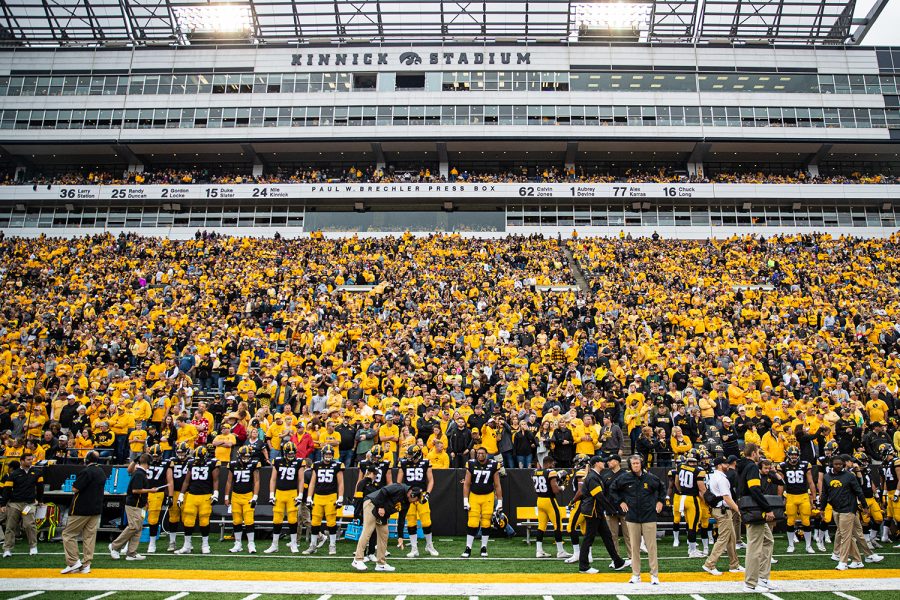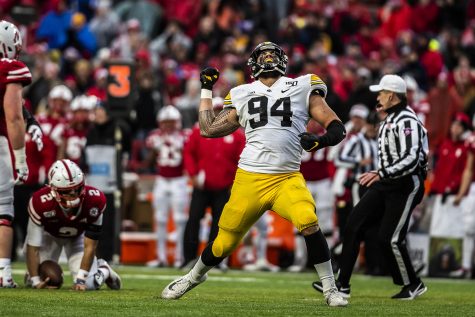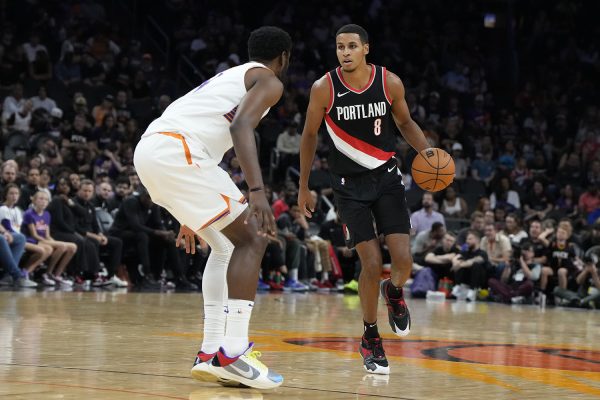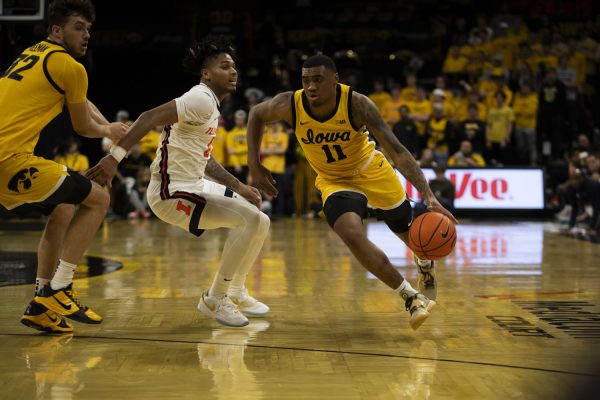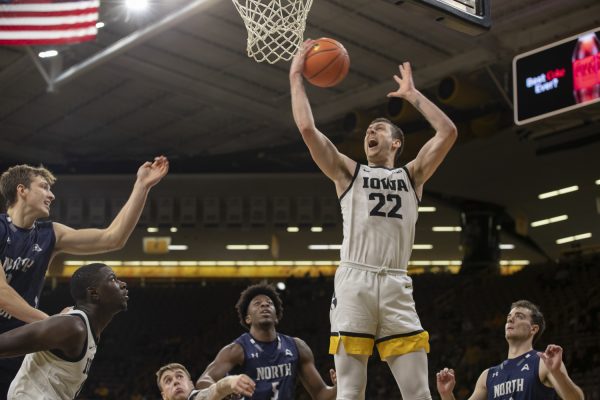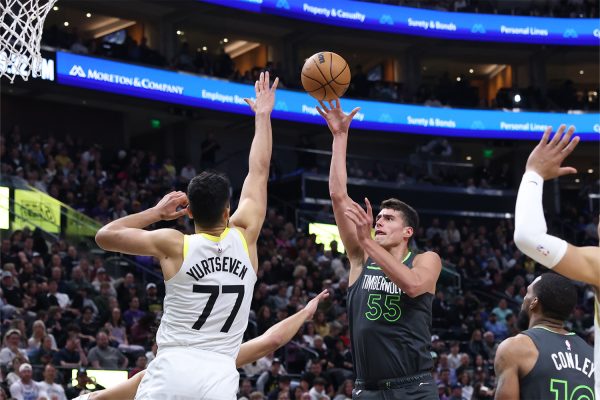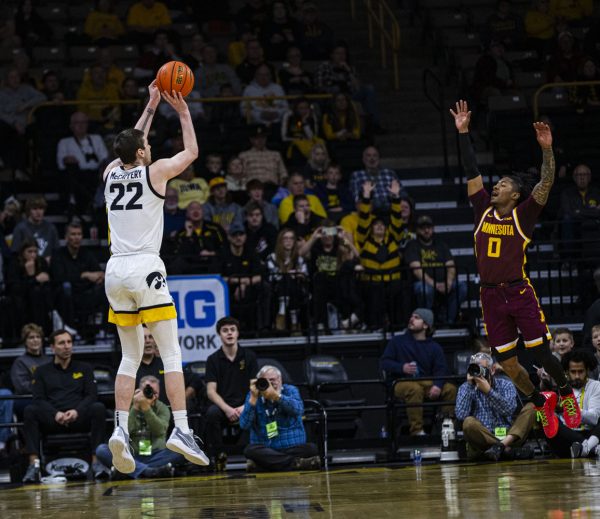Social media changing how fans interact with sports
How fans experience sports has changed in the social media era, which was evident during the airing of the Michael Jordan documentary, “The Last Dance.”
Spectators watch the action during a football game between Iowa and Middle Tennessee State at Kinnick Stadium on Saturday, September 28, 2019. The Hawkeyes defeated the Blue Raiders, 48-3.
June 28, 2020
In 2012, when Chicago Bulls color commentator Stacey King started asking the rhetorical question, “Does anybody know how to post videos to Facebook?” after particularly high-flying dunks, he couldn’t have forecast what the next eight years would bring.
Since Facebook’s founding 16 years ago, other social networking giants such as Snapchat, Twitter, and Instagram have launched and become a staple in day-to-day life both in the U.S. and many other countries around the globe.
The social media platforms, among many other things, allow users to post information in real-time to all of their followers, something sports fans are taking advantage of.
Recently, the combination of riveting storytelling and the lack of other sports-related content on TV, prompted The Last Dance, the 10-part docuseries about Michael Jordan, to be one of the most popular sports shows ever — not only because of the ratings, but because of viewer interactions and postings about the documentary on social media.
The social media reaction to the blockbuster documentary, because of the forced hiatus from pro sports, saw many star athletes giving their thoughts through the various platforms as the series was airing.
“I think the platform in which we are able to discuss sports is much different,” Jordan’s teammate and Iowa graduate B.J. Armstrong said. “Back when I was a teenager, the games weren’t even on television. There was no cable. For the most part, you were on network television maybe once a week. So, if I was on television, playing, five-to-eight times a year, that was huge. This was pre-SportsCenter all of those things.”
RELATED: Iowa grads B.J. Armstrong, Melissa Isaacson reflect on ‘The Last Dance’
Similar to major live sporting events, The Last Dance took over social media and was a trending topic on Twitter on each of the five Sundays it aired. NBA reporters, players, and fans shared their thoughts — and often, their jokes, — about the documentary in real time.
For Armstrong, seeing the online presence of the documentary was a sign of how much social media has changed how people interact with and look at sports.
“Now, you have social media and all of these different platforms on which you can discuss in a medium that allows you to see way more than we ever anticipated,” Armstrong said. “Here I am in 2020 still talking about something that happened in the ‘90s. The games were only covered by what you did in the game. That’s all that mattered back then. Back then, there was no worldwide web and so forth. I think now you have more accessibility, and this is great. Cell phones and all these things have made it accessible to everybody and everybody has an opportunity to tell their story how they see fit and make themselves as accessible as they want to be or not, and that’s your choice.
“The thing that I found interesting about it was it came on television, the series, on ESPN, but everyone was discussing it on Twitter and social media. That was new for me to see it play itself out in a way, you have millions of people commenting on something they all saw on television. That, to me, is interesting because I’ve never seen that before and have never been a part of that. It’s a different world now.”



